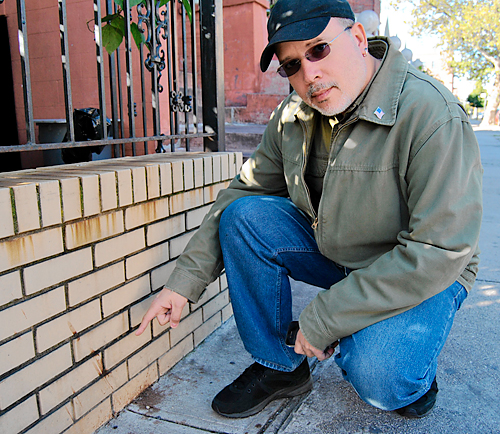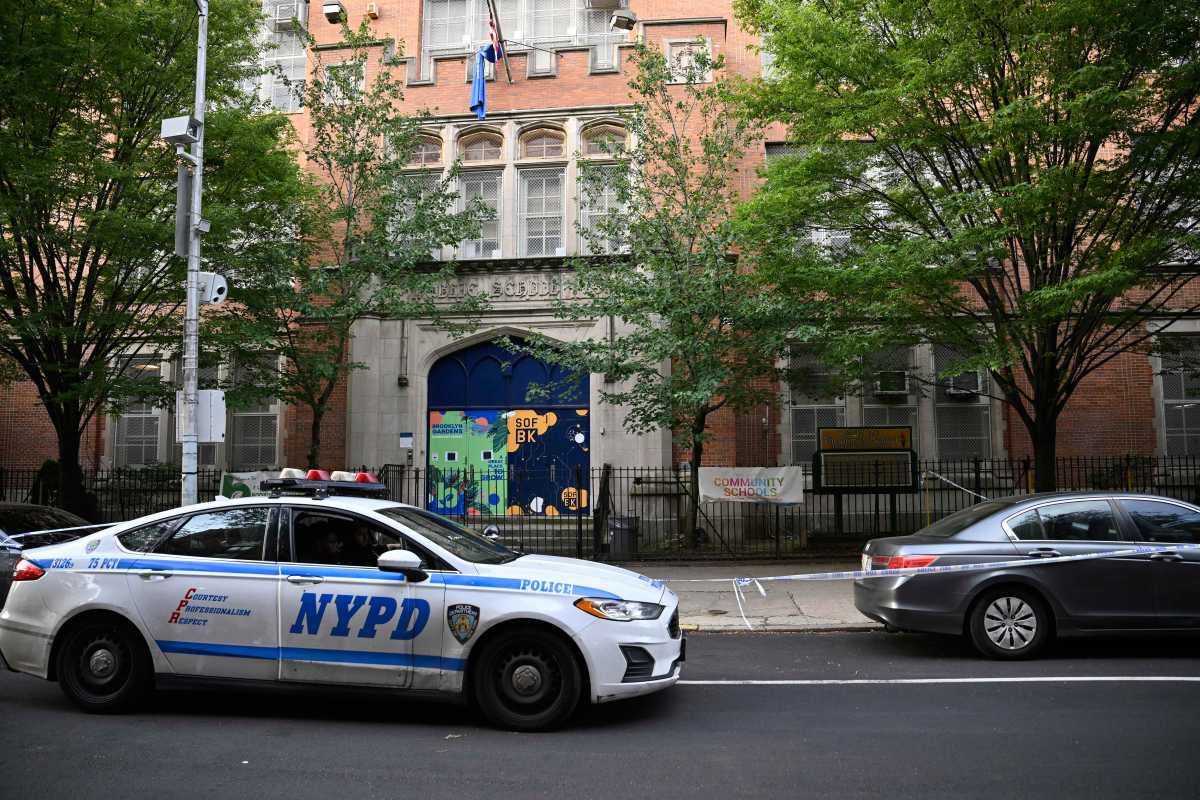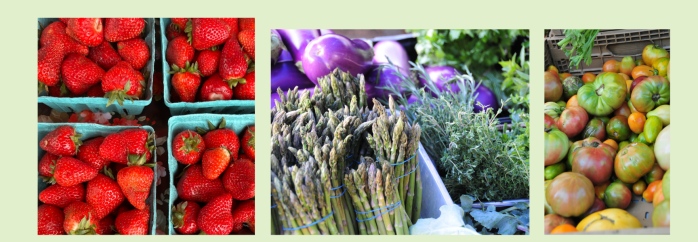There’s blood on the streets of Ditmas Park! — at least that’s what some residents think when they see the red splotches that are marking the sidewalks.
But the dark red spots, which appear to be the result of a gruesome crime or a horrific injury, most likely come from the use of a mild narcotic called paan, a popular pastime of the immigrants from Pakistan and East Asia that live in the neighborhood. The legal substance, that turns your mouth blood-red, is typically chewed and spat like chewing tobacco — and is just as dangerous to your health.
A close look at the neighborhood’s sidewalks, reveals many areas beyond Slocum Place, particularly on Coney Island Avenue between Church Avenue and Cortelyou Road, peppered with faint red blotches. A giant wet splash of red liquid was visible at the Church Avenue subway station when we went by last week.
At least one store in the area sells paan, a mixture of chopped areca nuts, various spices, and, often, tobacco, wrapped inside a betel leaf: the Punjab Grocery, which has a man custom-rolling the packets in front of the shop during the day.
“People do chew here,” admitted Asghar Choudhri, head of the Pakistan American Merchants Association.
News of the trail of spit was first reported on the Ditmas Park Blog, after photographer Antonio Rosario noticed the stains on Sept. 24. He snapped photos of them and, thinking they were blood, posted them on the web.
But police say there haven’t been any reports of serious crime in the area that would result in such a bloody mess.
“We didn’t have any jobs over there,” said Officer Kim Walker from the 70th Precinct.
Blood is notoriously difficult to identify by sight, and experts say there quite a few substances that can mimic its appearance.
“Unless there’s some sort of chemical testing done, there are times that people can be fooled,” said Peter Massey, a professor in the forensic science department at New Haven University
Paan is not banned in this country, but it is in Canada, and areca nuts are illegal to transport between states.
It wouldn’t be the first time paan spittle was confused with blood: it’s common misconception by those unfamiliar with it.
“If you go to a city in South Asia, you’ll actually see in the gutter what looks like blood,” said Dr. Thomas M. Mack, a professor of preventative medicine and pathology at University of Southern California who’s done extensive research on paan’s status as a carcinogen. “But it’s actually the stuff that they spit out.”























